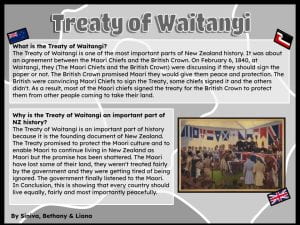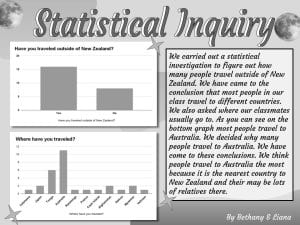LI: To evaluate the facts and make an informed opinion.
For this activity we used a provacation to answer a question. This question was Did the punishment fit the crime. This question relates to two men who stole 96 war medals from the National Army Museum in 2007. He is serving 13 year and 3 months imprisonment. Our perspective A say about why we think the punishment was the easy and our perspective B say about why we think the punishment is to hard.
I found this activity interesting because I looked at two different perspectives for a question.

